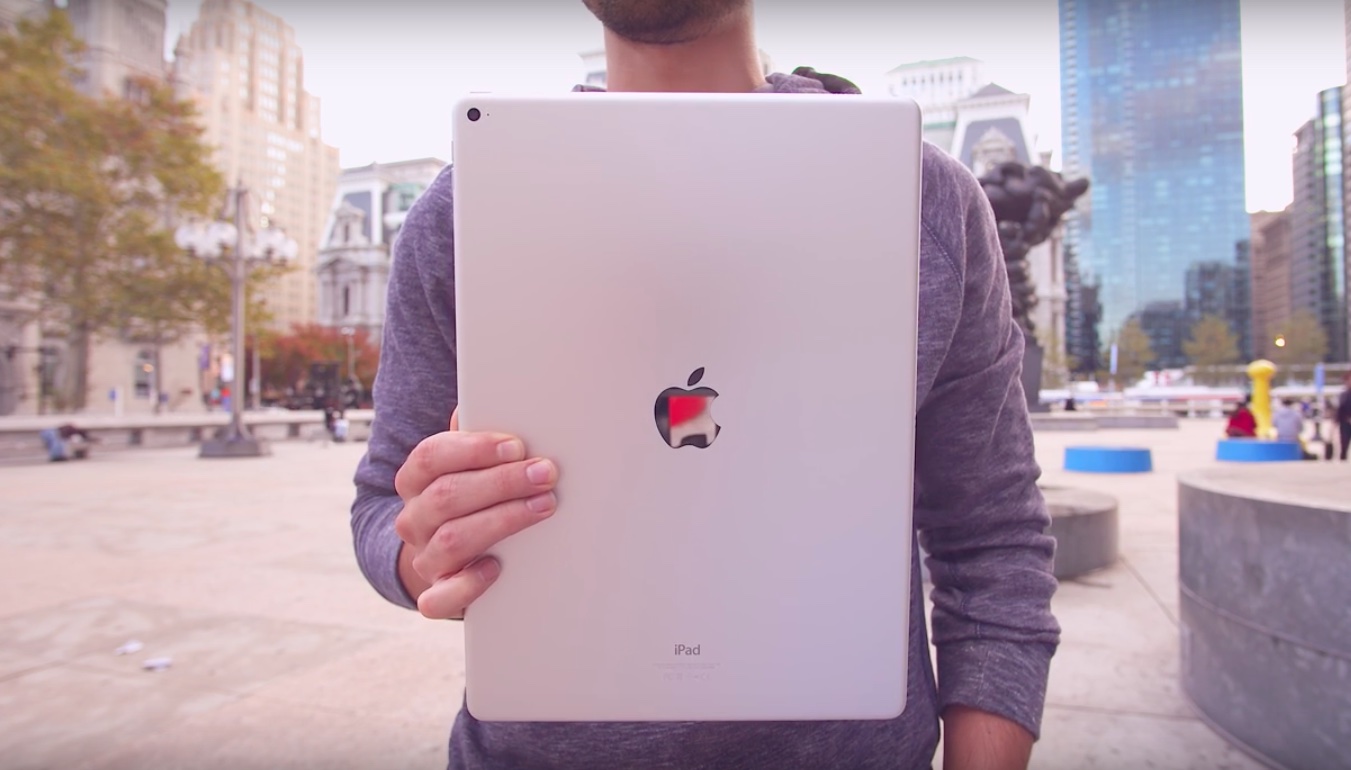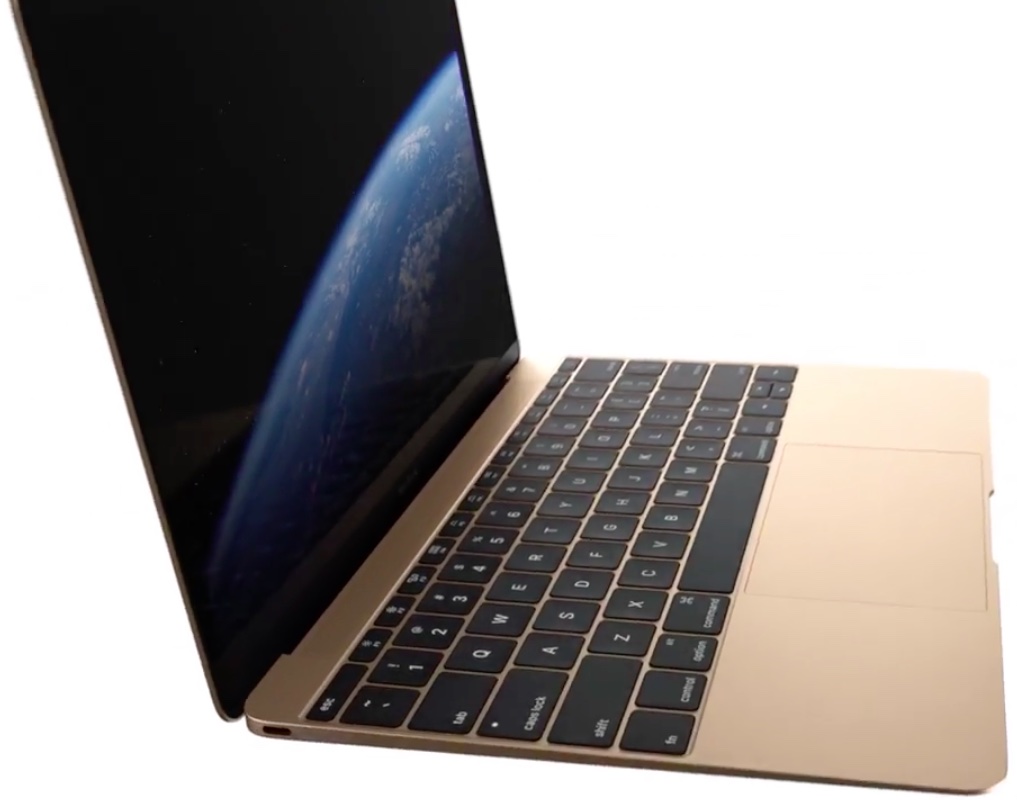Apple CEO Tim Cook sat down with The Independent to talk the 12.9-inch iPad Pro, Apple’s latest addition to the iPad lineup.
Asked to shed more light on his statement to The Daily Telegraph last week that most mainstream consumers might no longer be interested in buying a PC, Cook reiterated that “We don’t regard Macs and PCs to be the same” and argued that people “are not really looking for a converged Mac and iPad”.
Here’s the full quote:
We feel strongly that customers are not really looking for a converged Mac and iPad. Because what that would wind up doing, or what we’re worried would happen, is that neither experience would be as good as the customer wants.
So we want to make the best tablet in the world and the best Mac in the world. And putting those two together would not achieve either. You’d begin to compromise in different ways.
The sentiment echoes Cook’s toast-refrigerator dilemma: “You can converge a toaster and refrigerator, but these things are probably not going to be pleasing to the user,” said Cook on a conference call with investors in April 2012.
Cook’s argument should be taken with a proverbial grain of salt. Apple has a history of denying certain products only to build them at some point in the future. For starters, convertible devices such as Microsoft’s Surface, currently in its fourth-generation, prove there’s demand for tablet/notebook hybrids.
Perhaps more important than that, Apple has a history of denying certain products only to release them at some point in the future.
For instance, late CEO Steve Jobs vehemently rejected talk of an Apple-branded mobile phone and said his company wasn’t interested in building an iPod music player that could play video, both of which Apple did release later on.
Cook also said this in The Independent interview:
It’s true that the difference between the X86 [personal computer] and the A-series [Apple iPad architecture] is much less than it’s ever been.
That said, what we’ve tried to do is to recognize that people use both iOS and Mac devices. So we’ve taken certain features and made them more seamless across the devices. So with things like Handoff we just made it really simple to work on one of our products and pick it up and work on the next product.
No matter how you look at it, it is without any doubt fascinating how far along Apple has come in its ongoing quest to take its chip destiny in its own hands.
The company’s been building fast chips for iPhones and iPads for years that routinely smoke competition. Apple also beat everyone to the punch with the world’s first fully-functional 64-bit mobile chip (the A7 in the iPhone 5s), a move that took Qualcomms, Broadcoms and Intels of this world completely by surprise.
I trust Cook when he says that Apple isn’t interested in converging the Mac and iPad—currently. What he doesn’t make clear is if Apple is employing a wait-and-see approach with any such device.
In my personal opinion, we might indeed not see a converged Mac and iPad. But, there’s absolutely no doubt tin my mind that Intel’s processors in Macs will get replaced with a future Apple-designed A-series chip within the next two to three years.
Currently, the A9 and A9X processors in the iPhone 6s and iPad Pro, respectively, beat my 2013 MacBook Air in synthetic single-core CPU benchmarks. But as soon as these chips catch up with Intel in terms of multi-core compute performance and graphics, Mac notebooks (at least entry-level models) are going to be adopting them.
Why?
The same reason Apple made a jump from PowerPC to Intel in 2005: performance per watt. And in addition to matching or exceeding CPU and GPU speeds of the current Intel architecture used in Mac notebooks, future A-series processors will for sure continue to beat Intel on energy consumption.
In other words, a Mac notebook with a future-generation Apple-designed processor should run just as fast as current ones with Intel inside, and last a lot longer before needing to be connected to power.
Make sense?
Video still top of post via Jonathan Morrison.
Source: The Independent

